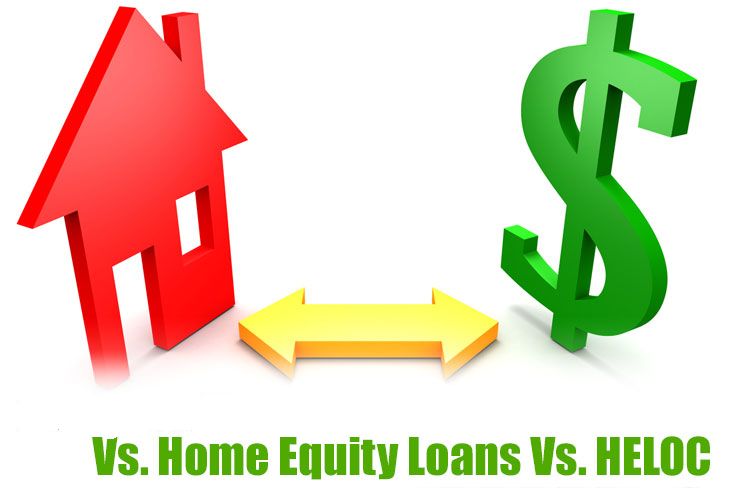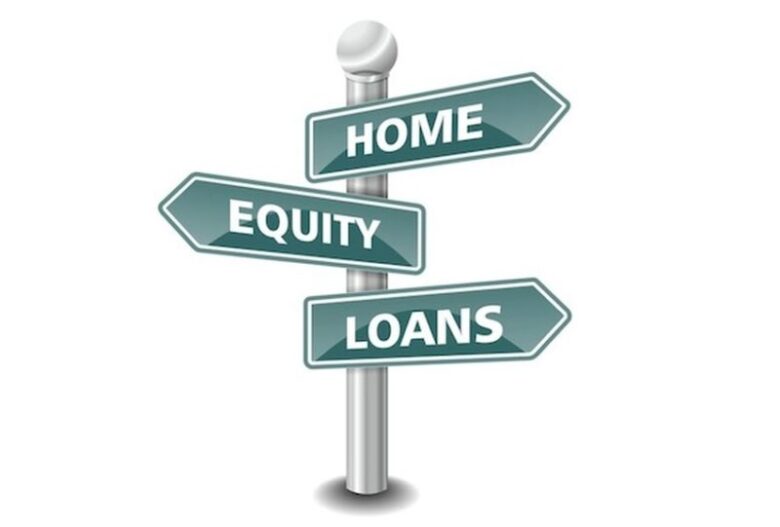Every year, U.S. homeowners borrow many millions of dollars via home equity loans and home equity lines of credit. Using their built-up worth between value and what is owed, many opt for these types of loans for a variety of reasons, but it can be overwhelming to understand the differences, as each carries its own set of pros and cons.
While a mortgage professional or a Home Equity Wiz will be able to go over the details of each loan program, it’s ultimately your decision on which fits your needs. Here’s a summary of the differences between home equity lines of credit and mortgages:

What is a Second Mortgage?
A home equity loan or second mortgage acts more like your first mortgage, as it typically is originated with a fixed interest rate and entitles you to a lump-sum, one-time payment, which you’ll get as soon as the loan is approved. If interest rates fluctuate during the life of your home loan, you’ll not be affected, for better or worse, because your rate is fixed. However, borrowing requirements for these loans are typically a bit more stringent than for HELOCs, so borrowers should understand that before applying that credit, income, assets, and loan-to-value will be reviewed.

Is a HELOC a Better Option?
A HELOC, as its name implies, is actually a line of credit rather than a loan for a specific amount of money. Lenders do set maximum amounts that you can draw out during the “draw period,” but there’s no requirement that you pull out any money at all. This feature is one of the main reason’s homeowners use these funds for long-term remodeling projects and other financial needs that have varying cash demands over time.
HELOCs, in general, have lower interest rates than first and second mortgages like home equity loans. There’s a draw period that typically lasts 10 years. During the draw period, you can opt to make interest-only, or very low, payments. After that, the repayment period begins. It usually lasts up to 20 years. This is the time you’ll be making regular monthly payments of interest and principal on the total amount you drew out. These are very similar to credit cards, except that the debt is secured by your home. Another unique feature is its variable interest rate. Borrowers usually don’t have the peace of mind that comes with a fixed interest rate, but they can benefit if overall interest rates dip during the payback period.

Do Taxes Make a Difference?
Tax laws that pertain to home equity and HELOC interest deduction can be complex, especially where it concerns the dollar limits of the loans. But for the purposes of loan applicants, the general rule is that you can deduct the interest payments on loans up to $100,000 in value if the proceeds are used to renovate, build or buy the house. The IRS rule notes that “renovate” means “significant” changes that increase the value or prolong the life of the home. Insignificant, cosmetic improvements don’t qualify for the deduction. So, a paint job would not make the cut but an addition of a family room would.





